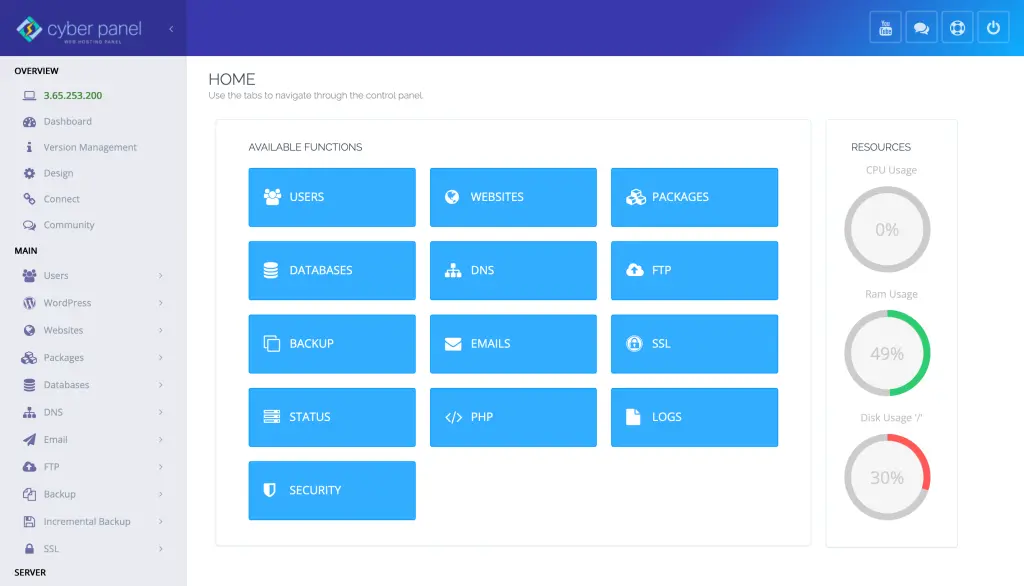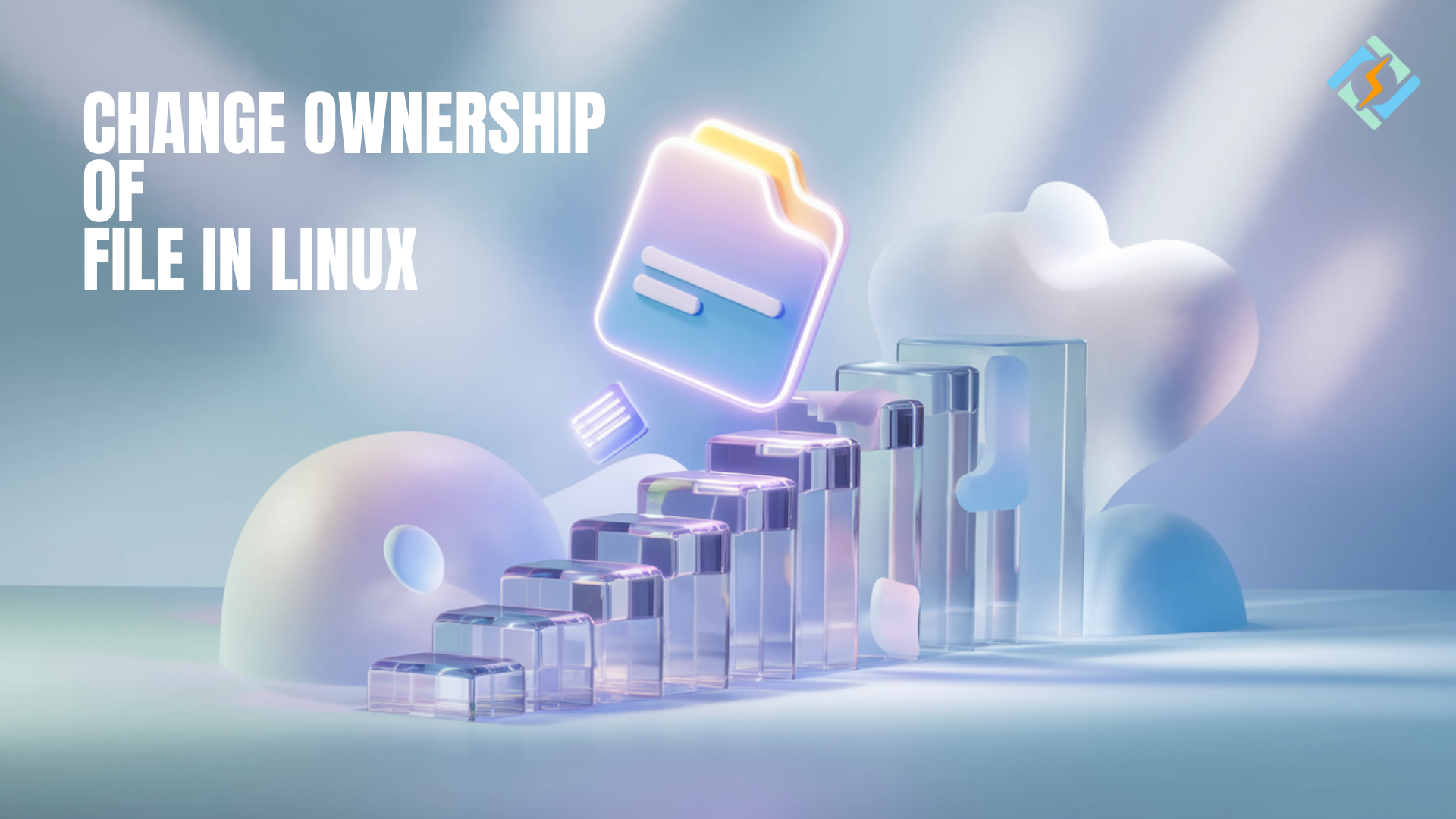Linux assigns an owner and a group to each file type, with the responsibility of managing access and permissions for different users. It is an administrative responsibility to change ownership of a file in Linux, regardless of the circumstances, such as transferring data between users, deploying applications, or safeguarding sensitive resources. Educating oneself to change ownership of a file in Linux not only maintains proper access control but also prevents unauthorized modifications and security risks.
This guide covers a wide range of topics, including the fundamental use of the chown command, recursive changes made to data, numeric UID/GID assignments, and integration with access control lists (ACLs). The final outcome will be a thorough understanding of how to change ownership of files in Linux and ensure the system runs smoothly and securely.
Let’s learn together!
Understanding File Ownership and Permissions
First, let’s understand file ownership and permissions in Linux:
Linux Ownership Model
There are three fundamental elements to every Linux file:
- User: The individual who is the owner of the file.
- Group: The group responsible for the file and granted permissions to multiple users.
- Others: The system’s users, including everyone else.
ls -l example.txt-rw-r--r-- 1 alice developers 2048 Apr 17 12:34 example.txtThe permission bits denote read/write for the owner and read-only for group and others, with Alice as its owner, entrusted with the developers.
Get exclusive access to all things tech-savvy, and be the first to receive
the latest updates directly in your inbox.
Why Ownership Matters
Improper ownership can lead to:
- Weaknesses: Hackers could gain access.
- Authorization mistakes: Legitimate operations or individuals cannot modify essential files.
- Failures in operation: Services (such as web servers) may fail due to incorrect file ownership.
How to Change Ownership of a File in Linux Using chown
One can easily change ownership of file in Linux using the chown command. Here is its basic syntax:
chown [OPTIONS] NEW_OWNER[:NEW_GROUP] FILE…- NEW_OWNER: The username or UID
- NEW_GROUP: can be selected as either the group name or group ID (GID).
- OPTIONS: Flags like
-R(recursive),-v(verbose),-h(affect symlink).
Change Owner Only
chown bob file.txtThis command sets the owner to bob while the group will remain unchanged.
Change Owner and Group
chown bob:staff file.txtThis command sets the owner to bob and the group to staff.
Change Owner Using UID and GID
chown 1001:1002 file.txtThis command is useful in cross-platform setups.
Changing Ownership of File in Linux Recursively
Managing directories often requires applying changes in ownership to every file and subdirectory.
chown -R bob:staff /home/bob/projectsThis is quite useful for web directories, backups, and project folders.
Advanced Scenarios and Options
Now, we are going to discuss some advanced ownership operations.
Conditional Ownership Changes with –from
chown --from=alice:developers bob:staff file.txtIt changes ownership only if the current owner is alice:developers.
Vebrose Output:

chown -v bob:staff file.txtThis will print what has changed.
Dry Run Mode
Dry run mode is supported by only a few Linux distributions:
chown --dry-run bob:staff file.txtBy running this command, you can have a preview without changing.
Handling Symbolic Links
You can use -h to affect the link itself:
chown -h bob symlink.txtCombining with ACLSs
ACLs provide you with granular access:
setfacl -m u:bob:rw file.txt
chown bob file.txtHow to Verify Ownership Changes
You can use the following command to verify ownership changes:
ls -l file.txt
stat file.txtFile: file.txt<br>Size: 2048 Blocks: 8 IO Block: 4096 regular file
Uid: ( 1001/bob) Gid: ( 1002/staff)Change Ownership of a File in Linux: Visual Representation
graph TD;<br>Start[Start: Identify File Ownership] --> Inspect[Inspect with ls -l/stat];
Inspect --> Evaluate{Change Needed?};
Evaluate -- Yes --> Apply[Run chown];
Apply --> Confirm[Verify with ls/stat];
Evaluate -- No --> End[End without changes];
Confirm --> End;Common Challenges When You Change Ownership of a File in Linux
Here are some solutions to issues that you might face when you change ownership of a file in Linux:
If you have a ‘Permission Denied’ issue, use sudo:
sudo chown bob file.txtFor an invalid User/Group, you can verify with:
getent passwd
getent groupFor symbolic link issues, you can use -h to change the link itself.
Best Practices for Changing File Ownership in Linux
Here are some best practices when you have to change ownership of a file in Linux:
- To ensure accuracy, use either ls or stat before making any modifications.
- When indicating files or directories, use absolute paths; this prevents confusion.
- Limit the scope, you should use recursion (-R) only on directories that are intended.
- It is important to back up sensitive data before making bulk changes.
- Obtain documentation of changes in configuration management scripts by keeping a log or making alterations.
- Combine with Automation, integrate into Ansible/Chef/2016, and Puppet to ensure consistency.
Role of CyberPanel

CyberPanel is your robust web hosting control panel. Its user-friendly interface made management of file ownership easy. Here are some features:
- Change the owner/group name by right-clicking on the file in the GUI Ownership Settings. Click OK.
- Use the chown command to access the web terminal through the internet.
- Quickly implement pre-set permission and ownership sets for web applications using templates.
FAQs
How to change ownership of a file in Linux?
You can use the command:
chown username filename
How to change both the owner and group?
You can use chown username:groupname filename.
How to change the ownership of a symlink?
You can use the following command:
chown -h user symlink
How to undo ownership changes?
You can undo ownership changes by reassigning the original user/group or using backups.
Final Thoughts!
Learning how to change the ownership of a file in Linux is essential for ensuring system security and efficiency. The chown command, which offers numerous options and best practices, allows for precise control over file access. By utilizing GUI tools like CyberPanel, you can ensure that files and applications operate as intended while maintaining strict permission boundaries. Additionally, users can view all programs with advanced permissions.
Own your files and secure your system today!



